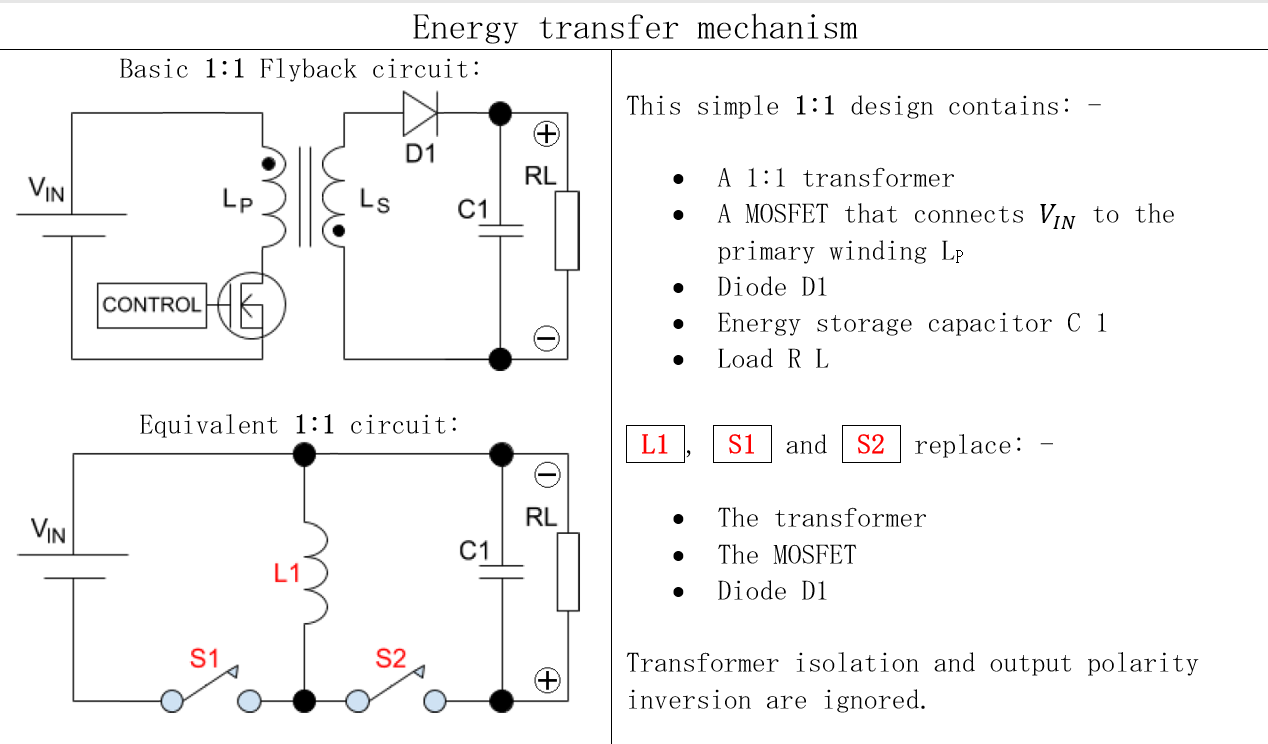sorry in advance as english is not my mother tongue.
I have been using electron flow point of view for ages for analyzing and designing circuits (disclaimer: I have a background in computing - not electronics), learning with Floyd "electron flow" version and it's been working great... until I met flyback converters...
In all documents I have been reading, they all basically say, in a nutshell, that in the primary, when the switch is on, energy is stored in the transformer core - which acts like a simple coil - and that no current is flowing in the secondary, and as soon as the switch is off, polarity reverses on the secondary, and current flows.
It's all based on conventional current paradigm. Now if we take the electron flow point of view, there are some problems.
Electron can not flow on the primary and not on the secondary at the same time. Otherwise, any transformer with no load on the secondary would have a strong current on the primary and burn.
Regarding the secondary diode which is said to "block" the current while the primary is on, it clearly shows that the electrons can flow - because conventional current is the opposite of electron flow. Electrons are indeed charging the capacitor. When the primary is switched off, then the electrons are blocked by the diode and have only one way to flow: to the load.
It seems very strange to me that virtually all flyback papers say that energy is stored in the transformer core, whereas electrons are all gently stored in the capacitor on the secondary side....
Am I completely wrong or what? I am a bit puzzled actually by the fact that conventional current view can be very misleading when compared to reality ...
All comments welcome. Thanks a lot.

